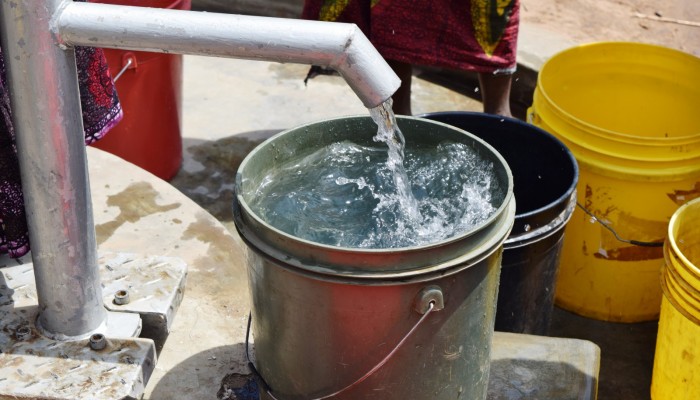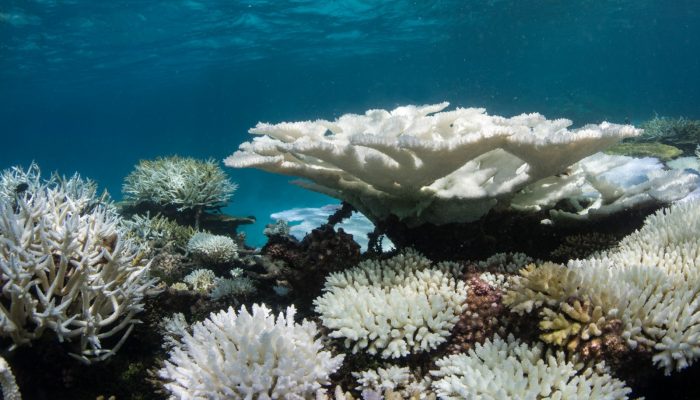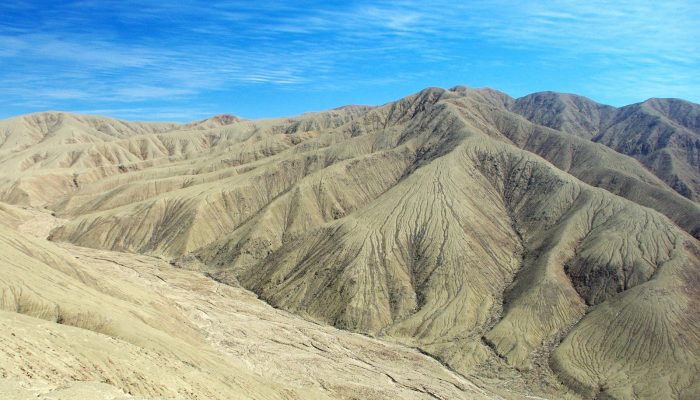We’d like to bring your attention to two new publications, relevant to the theme of this blog. These publications share some common themes, including emphasising the significant role for geoscientists in sustainable development, and enhancing the skills training of geoscientists to support effective and positive engagement. For further information on either of these articles, please contact ...[Read More]
GeoLog
Imaggeo On Mondays: Halo
One of the main perks of being a geoscientist is that, often, research takes scientists all around the globe to conduct their work. While fieldwork can be hard and challenging it also offers the opportunity to see stunning landscapes and experiencing unusual phenomenon. Aboard the Akademik Tryoshnikov research vessel, while cruising the Kara Sea (part of the Arctic Ocean north of Siberia) Tatiana ...[Read More]
GeoSphere
Emerging Contaminants: The Rough Teenagers
In geochemistry I see the term “bad actors” used more often than it should be to describe well-known environmental contaminants. “Bad actors” refers to contaminants we see frequently in the environment and know have significant environmental or human health effects. Think mercury, nitrates, lead, arsenic, sulphur dioxide, etc. However, this article is on the up and coming c ...[Read More]
GeoLog
March GeoRoundUp: the best of the Earth sciences from around the web
Drawing inspiration from popular stories on our social media channels, as well as unique and quirky research news, this monthly column aims to bring you the best of the Earth and planetary sciences from around the web. Major story While the March headlines might not have been dominated by a particular story, the state of the Earth’s climate has definitely been the overarching theme of the month. ...[Read More]
Geomorphology
Report from the Spring School on “Statistical analysis of hyperspectral and high-dimensional remote-sensing data using R”, Jena, Germany, March 13-17, 2017
The Spring School on “Statistical analysis of hyperspectral and high-dimensional remote-sensing data using R” was organized by the GIScience group lead by Prof. Alexander Brenning and two researchers from his GIScience research group, Patrick Schratz and Dr. Jannes Münchow. The school brought together a diverse group of 28 researchers (e.g. geoscientists, forestry, environmental studies) at differ ...[Read More]
GeoLog
Science bloggers – join the 2017 General Assembly blogroll!
Will you be blogging at the 2017 General Assembly? If so, sign up here and we’ll add you to our official blogroll. We will be compiling a list of blogs that feature posts about the EGU General Assembly and making it available on GeoLog, the official blog of the European Geosciences Union. We’d ask you to write posts that relate directly to the Assembly during the conference in Vienna (23 – 28 Apri ...[Read More]
GeoLog
Imaggeo on Mondays: Erosion
In mountainous regions precipitation – be that in the form of rain, hail or snow, for example – drives erosion, which means it plays an important part in shaping the way the landscape looks. Precipitation can directly wear away at hillsides and creates streams and rivers, which leave their mark on the scenery by cutting and calving their way through it. Take for instance the hills in the arid coas ...[Read More]
Seismology
EGU Seismology Division 2017 visibility survey
Dear Seismology Division blogpost, Facebook and Twitter followers, The EGU Seismology Division has prepared an online survey to investigate how members are following our division’s activities online. The data we will acquire through this simple survey allows us to learn how we can improve our visibility and to which activities we could further focus. The results will NOT be used for any comm ...[Read More]
WaterUnderground
Happy world water day from water underground!
We hope you have a great world water day! May you sip a cool, refreshing glass of renewable groundwater and feel excited to make the world a better, more sustainable place.
GeoLog
Making a poster or PICO presentation: top tips from the Outstanding Student Poster and PICO (OSPP) Award judges
Every year at the General Assembly hundreds of students present their research at the conference with a lot of time and effort going into preparing these presentations. With the aim to further improve the overall quality of poster presentations and more importantly, to encourage early career scientists to present their work in the form of a poster, the OSP Awards (as they were formerly known), wer ...[Read More]








